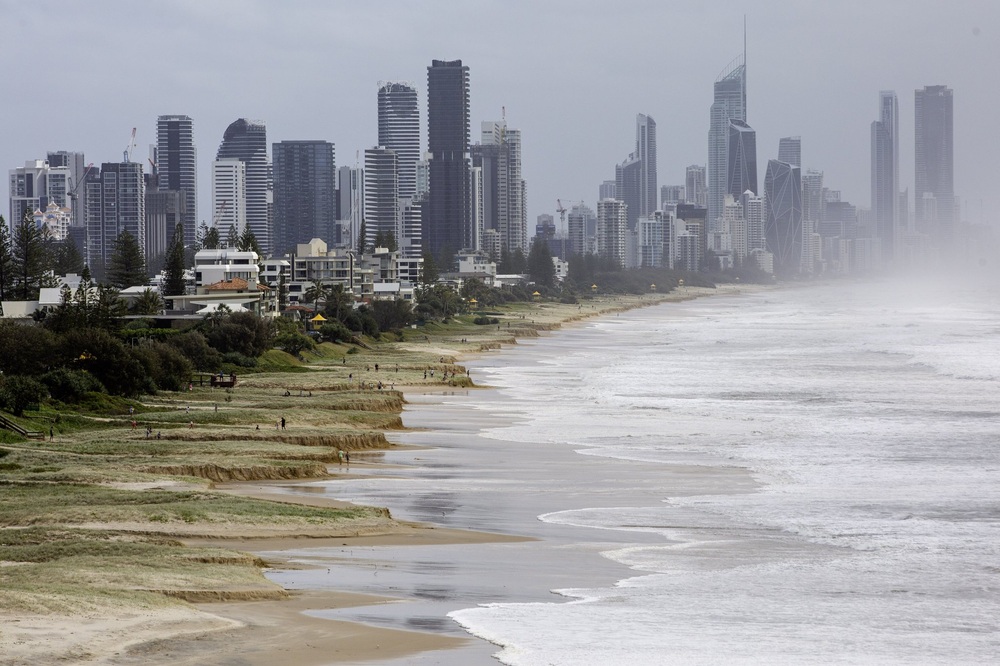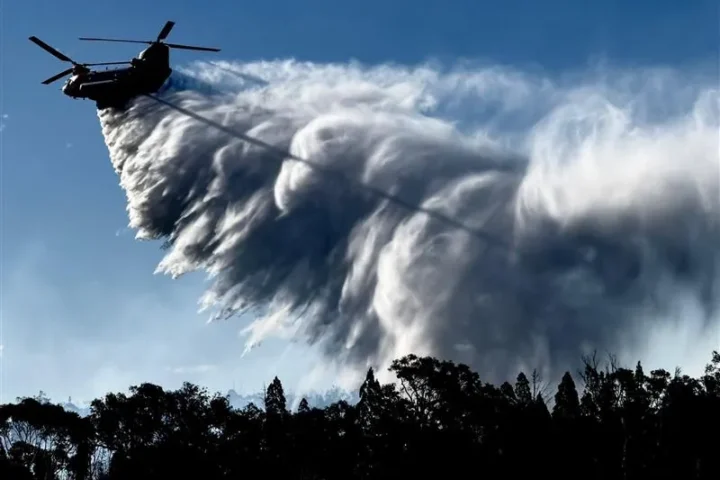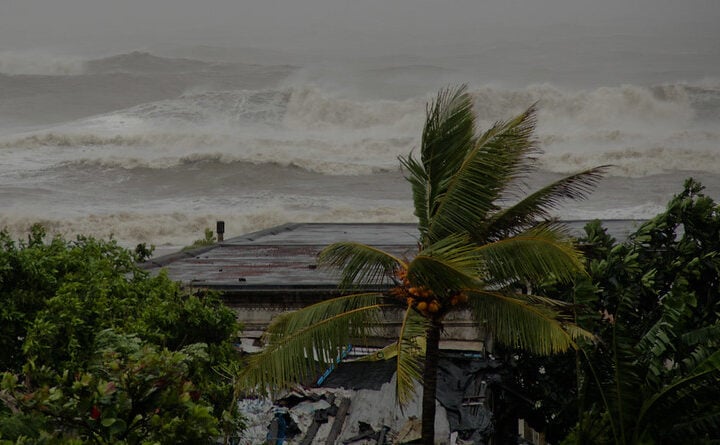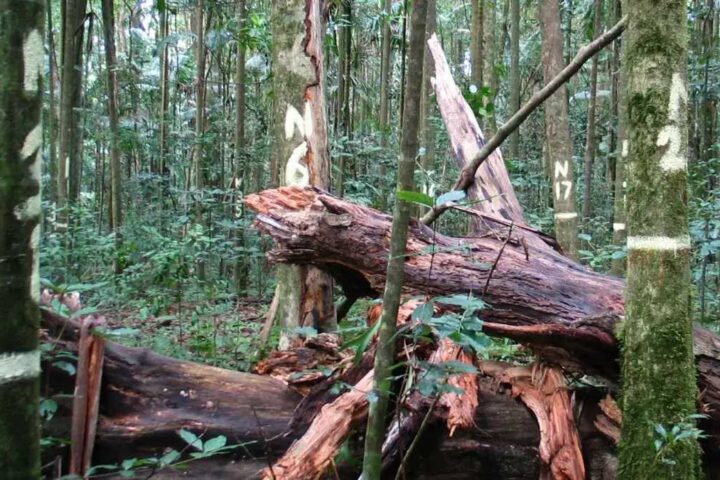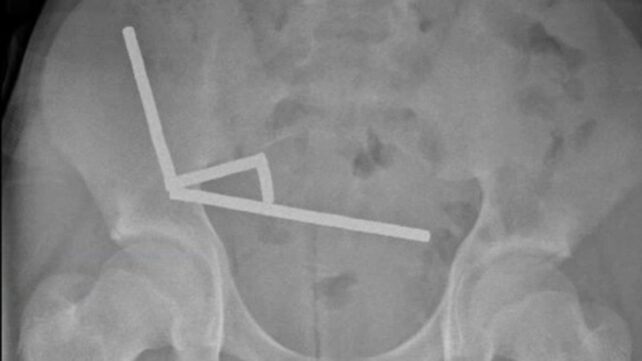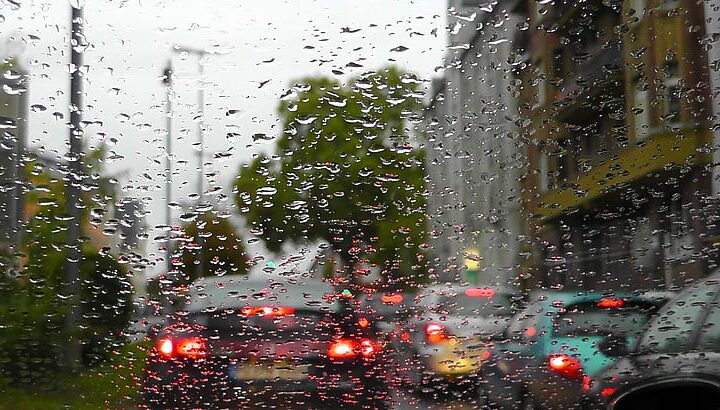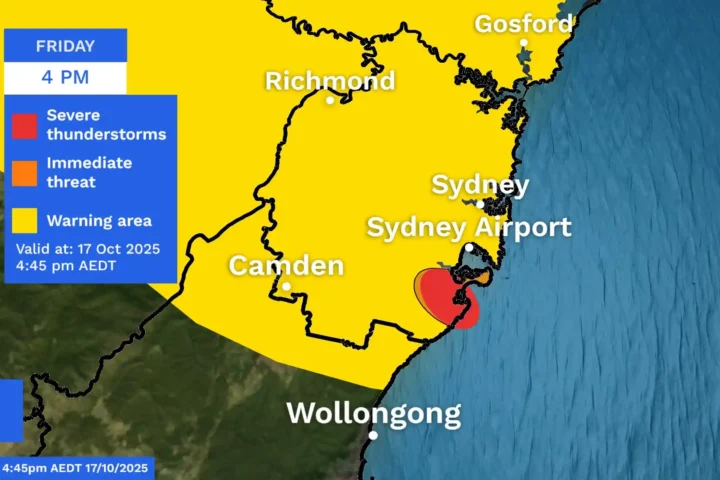Ex-Tropical Cyclone Alfred continues to hover off the coast of Queensland, bringing widespread devastation despite being downgraded to a tropical low. More than 250,000 homes across Queensland and northern New South Wales are without power as the storm lingers near Bribie Island, moving at a crawl of just 7kmph.
“Its impact will be serious and will intensify over coming hours and, indeed, over coming days,” warned Prime Minister Anthony Albanese. “It will still bring strong winds, heavy rain, flooding, and dangerous conditions across south-east Queensland and north-east New South Wales over this weekend and in the days beyond.”
Slow-Moving Threat
The system has “essentially stalled for the moment,” according to Bureau of Meteorology (BoM) senior meteorologist Miriam Bradbury. This slow movement amplifies the danger, as it prolongs the period communities face heavy rain and strong winds.
Rainfall totals have already reached alarming levels:
- 278mm at upper Springbrook
- 134mm at Gold Coast seaway
- 153.6mm at Grafton airport
Power Outages and Infrastructure Impact
The power outages represent “the largest numbers that we’ve seen in memory across the south-east,” according to Energex Chief Operating Officer Paul Jordan, who warned full restoration would take longer than a week.
As of 12:45 pm AEST:
- 293,665 people without power in south-east Queensland
- Gold Coast hardest hit with 134,661 outages
- 42,600+ homes and businesses without power in NSW between Tweed Heads and Grafton
Brisbane Airport operations have halted, and public transport faces severe disruptions due to waterlogging and high winds.
Evacuation Orders and Emergency Response
NSW State Emergency Service (SES) has reported:
- 20,000 people under evacuation orders
- 31,400 homes subject to flood warnings
- 8,000 calls for assistance
- 5,200+ incidents addressed across Northern Rivers
- 35 flood rescues in the past 24 hours
Acting Chief Superintendent Stuart Fisher of NSW SES urged public caution: “We have seen kids out today playing in drains, we have seen people driving through flood waters. Please do not be complacent.”
Similar Posts
Environmental Impact
The storm has caused severe coastal damage along the Gold Coast, with Acting Mayor Donna Gates reporting “4 to 6m escarpment right along the beach front from Southport all the way down to Nobbys Beach.”
Record-breaking 12.4-meter waves have been observed, threatening marine ecosystems and coastal infrastructure.
“We’ve been saying to people, don’t stand on a platform that looks okay, because the foundations may not be okay. And we’ve had sand falling away in huge clumps,” Gates warned.
Government Response
The federal government has announced disaster recovery payments of $1,000 per adult and $400 per child for severely affected residents. The payments will be activated 40 hours after initial impact, with additional disaster recovery allowance providing up to 13 weeks of support for those unable to work.
In NSW, Police Superintendent Scott Tanner has been appointed as recovery coordinator for regions affected by the cyclone, focusing on rapid clean-up operations.
“One of the major learnings from 2022 is we want to recover the community quicker,” said Mal Lanyon, chief executive of the NSW Reconstruction Authority.
Health Concerns
The crisis comes as north Queensland grapples with a surge in the deadly bacterial infection melioidosis following earlier floods. The soil-dwelling bacterium, which thrives after environmental disruptions like flooding, has infected 119 people—three times more than during the same period in 2024—with 16 deaths reported.
Weather experts predict ex-TC Alfred will continue bringing heavy rainfall to southeastern Queensland and northeastern NSW throughout the weekend, with flash flooding risks persisting.
